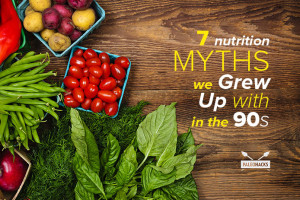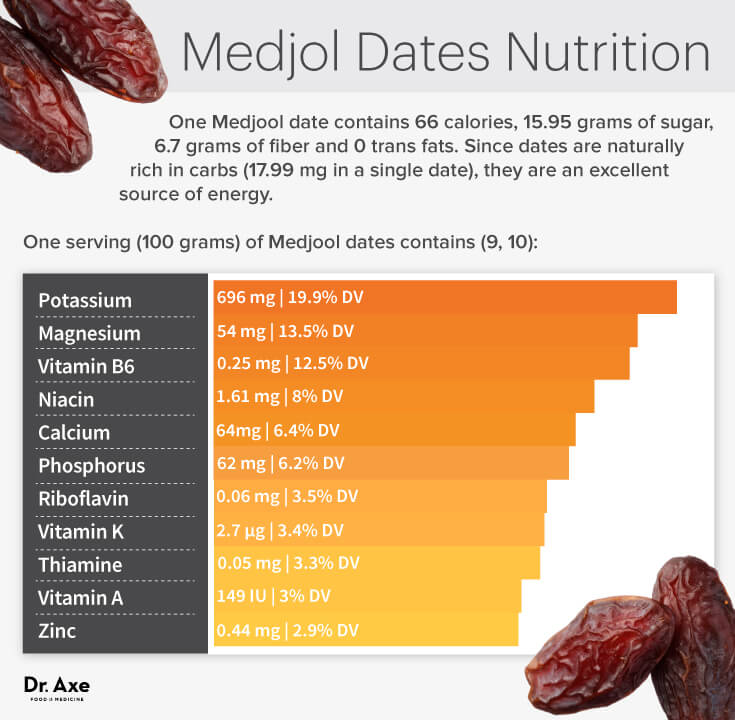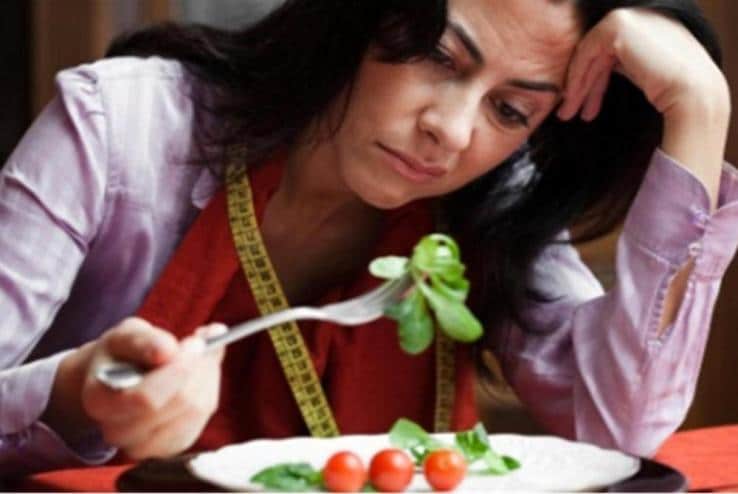from Steven Wright
I think olive oil is delicious, healthy and a great addition to anyone’s diet. I enjoy it regularly, cook with it 20% of the time and honestly think it tastes WAY better than coconut oil.
Of course, that assumes you’re buying high-quality, non-rancid oil, which I’ve found to be extremely confusing and hard. In fact, if you think olive oil tastes kind of like canola oil or other manmade toxic oils (rapeseed, vegetable oil, soy, etc) — then it’s highly likely you’ve never actually tasted real olive oil.
How to Get Real Olive Oil
Visit any supermarket, gourmet store, or corner grocery and you’re likely to find an intimidatingly large selection of olive oils. Go online and the options multiply a hundredfold. Talk about a paradox of choice! I’ve spent what feels like hours in those aisles trying to figure out what bottle of olive oil to buy.
If the oil is fake, then it will likely not only taste like junk but also be harmful to my health, so it’s worth taking some extra care to figuring this out.
How can you choose the most nutritious olive oil for yourself and your family and avoid being duped?
Use the tips below to help you buy authentic extra virgin olive oil with confidence:
- The Olive Oil Secret: freshness is key to flavor and nutritional value. Forget about “use by” or “best by” dates. Look specifically for a harvest date on the label. Be suspicious of bottles that don’t include this information, as many don’t. Unlike wine, olive oil does not improve with age. Anything over a year old is past its prime.
- Purchase olive oil from a retailer that has a fast turnover. This increases the likelihood that the oils are fresh.
- Always buy olive oil certified to be “extra virgin.” The terms “pure” or “light” indicate that the oil did not meet international standards for “extra virgin” and has been chemically refined to mask defects. Also, ignore terms like “cold-pressed” or “first-pressed.” They are meaningless in today’s olive oil industry.
- Buy olive oil in dark glass bottles, tins, or other opaque containers. Clear glass bottles might be aesthetically pleasing, but they do not protect the oils from natural or artificial light. (Prolonged exposure to light hastens deterioration of the oil.) At home, store olive oil in a cool, dark place – not next to the stovetop.
- Look for the country of origin on the label. Spain, Italy, and Greece may be the world’s largest producers, but high-quality olive oils are also being produced in Chile, Australia, the US, Argentina, South Africa, New Zealand, and even Croatia. You can maximize the freshness of olive oils in your kitchen by seasonally alternating your purchases between countries in the Northern and Southern Hemispheres. (In September, for example, oils from the Southern Hemisphere are the freshest in the world. In January, the freshest oils will be from the Northern Hemisphere.)
- Find the olive oils that create a peppery tickle in the back of your throat or even induce a cough or two. This reaction is common when the oils are fresh and their polyphenol levels (natural antioxidants) are high. If you are not experiencing a certain pepperiness and bitterness with the oils you use, they are likely old, rancid, or fake.
- Look past the packaging – fancy bottles mean nothing, and price is not always an indicator of quality. However, high-quality olive oil with character and personality will not be cheap: a lot of labor and expertise go into creating an excellent product. Winners of international olive oil competitions will almost always feature these honors prominently on their labels. Gold and silver medals are especially prestigious, as they mean the oils’ producers have been recognized for their excellence by trained palates.
- When you try an oil, know that color is not a predictor of flavor. A golden-hued oil will not necessarily be buttery tasting. An intensely green oil would seem to suggest pepperiness and pungency, but might be very mild on the palate. Even judges fall prey to color prejudices, which is why professional tasters use color-obscuring tasting glasses, usually blue or brown.
Above all, remember lesson #1, the biggest thing that matters for olive oil is FRESHNESS! And a peppery or bitter tasting oil is one of the biggest indicators of freshness.
Stay Healthy!





